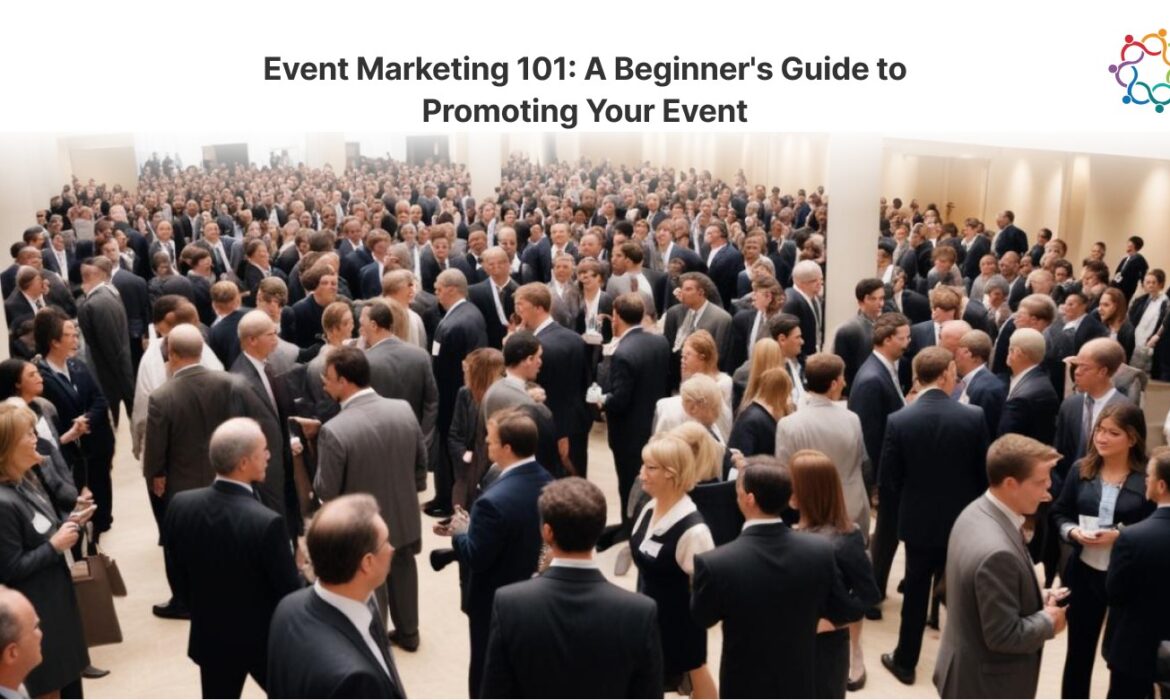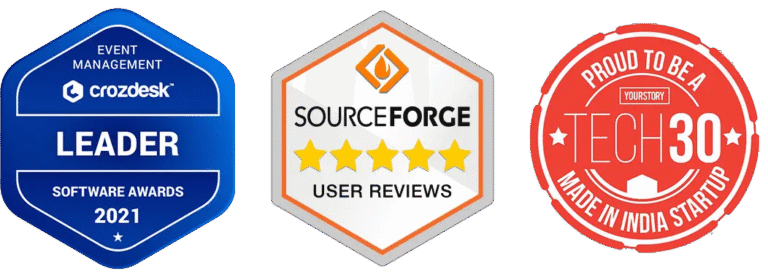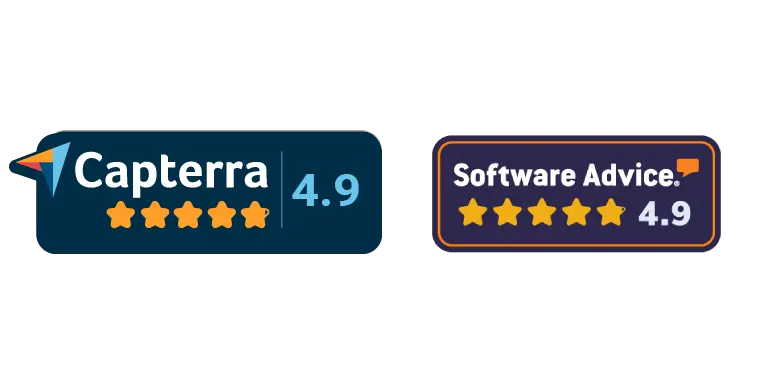Samaaro + Your CRM: Zero Integration Fee for Annual Sign-Ups Until 30 June, 2025
- 00Days
- 00Hrs
- 00Min

Events offer amazing opportunities to network, learn, and build relationships, but it can be very challenging nowadays at a rapid-fire pace with many distractions, to involve people in an event. For event planners and event organizers to plan an event for best outcomes, it is important to be thinking about engagement in all three phases of an event; before, during, and after.
In this detailed guide, you will learn engagement practices for event engagement in all three phases, allowing event planners to create experiences that will remain unforgettable in the minds of participants.
Social media is a great way to create excitement before your event. In addition to previews of the event, you can interact with your audience by creating your concepts where they involved. Use polls to get the audience engaged about the event topics and share user-generated content that engages your audience. Use event hashtags to start conversations about the event topic. When you engage discussions with your audiences’ weeks before the event, you build excitement and create a community excitement that not even time can destroy before the event.
Work with event speakers and/or partners to create teaser campaigns. Use video or GIF clips that shows the speakers talking about their sessions and your partners bragging about themselves. Don’t forget to use countdowns carefully, and combine them with exclusive announcements, previews or behind the scene’s content to create gradual excitement every day leading up to the event. Provide Attendees Early Access and/or Incentives
One approach to creating incentive for early registrations is early access to keynote speakers, limited seating seminars or early access to several key events. Also you create a promise of exclusivity and value by registering your audience early and offering some exclusive packages, digital assets or discounted access to partners’ Programs.
It is one of the best ways to be fun and engaging with people leading into and event and promoting engagement – with topical and engaging webinars or panel discussions with your headline speakers – that could be nothing, you could even ask for your audience to submit a question and/or topic beforehand and allow the audience to shape the discussion live. Use all your channels to encourage the streaming of your webinars or consider allowing them to remain available as an on-demand event for those that can’t attend live!
Sending e-DMs about your event is less of an event communication opportunity to both your attendees but not the opportunity to showcase profile stuff about your presenters, session stuff and teaser imagery of the venue and destination. Inevitably could add in a degree of interactivity, such as inquiry buttons, interactive maps, personalized scheduling etc to fill some of the event design type things we were unable to deliver, as we are unable to engage as much virtually.
While delivering engaging sessions is a requirement for content alone, it is very important that you ensure you are providing variety in each type of learning session; interactive demonstrations, roundtables, hands on workshops etc, providing space for participation and feedback, and learning through application to ensure engagement of your audience and successful and unique learning experience. Encouraging participation by attendees
In meetings with an opportunity to ask questions, live polling and live discussions/forums allow attendees to present their own perspectives and questions, and they can be connected, where possible to presenters to enhance the overall experience through interaction, which is important for engagement and personalization.
Consider using different professional gamification elements or elements such as leader boards, scavenger hunts, and interactive activities regarding engagement during the session. This works to provide a reward for the attendees for being engaged participants throughout the event, through points that allow them to redeem exclusive offers or prizes.
Build networking opportunities that align with the interests or industries of the attendees. Many event apps have matching algorithms will be able to provide suggestions and make connections for networking opportunities to facilitate meaningful conversations.
Utilize an event-specific app or platform, this will allow participants to create their own custom schedules and fully participate in live discussions, share ideas, and ask questions in real-time discussions. Ensure the app has interactive maps, live polling and rates for sessions to enhance the experience.
Create email follow-ups to the event that have gratitude and appreciation while embedding personalized highlights based on the interests of each attendee.In addition to enhancing the post-event messaging component, you could also include links to resources, recordings or other relevant materials shared at the event to increase value.
Compose an all-encompassing content plan for post-event messaging. Share behind-the-scenes content, event highlights, keynote presentations, organic testimonials from attendees, and previews to newsletters or social feeds. Bebuild engaging content and offer value with blog recaps, video recaps, infographics, etc.., and increased engagement and reach.
Implement comprehensive post-event surveys, or questionnaires to elicit meaningful feedback about a series of elements and facets of the event, such as programming, networking opportunities, logistics, and attendee satisfaction. Use this feedback for future event improvement.
Provide attendees with access to view recordings from sessions, presentation slides, whitepapers, and the prepared resources initially shared through the event itself to access at their convenience. Provide attendees with a common space, or resource hub, to regroup or refocus their learning after the event.
Begin conversations on social media or relevant online communities about the thematic content at the event. Invite attendees to leverage the ongoing networking opportunities and share their own experiences and key take aways. Force attendees’ engagement with future resources, conversations or unique offerings to continue momentum and connections made on-site.
Event engagement is a cycle of ongoing creativity, personalization and recognizing what the attendees want and need for the experience. With above and Samaaro event organizers can create meaningful experiences, and in person event success.
Start planning your event marketing strategy today and discover the potential to connect with your audience in a meaningful and impactful way. Ready to elevate your events? Book a demo and start your free trial today!

Built for modern marketing teams, Samaaro’s AI-powered event-tech platform helps you run events more efficiently, reduce manual work, engage attendees, capture qualified leads and gain real-time visibility into your events’ performance.


© 2025 — Samaaro. All Rights Reserved.